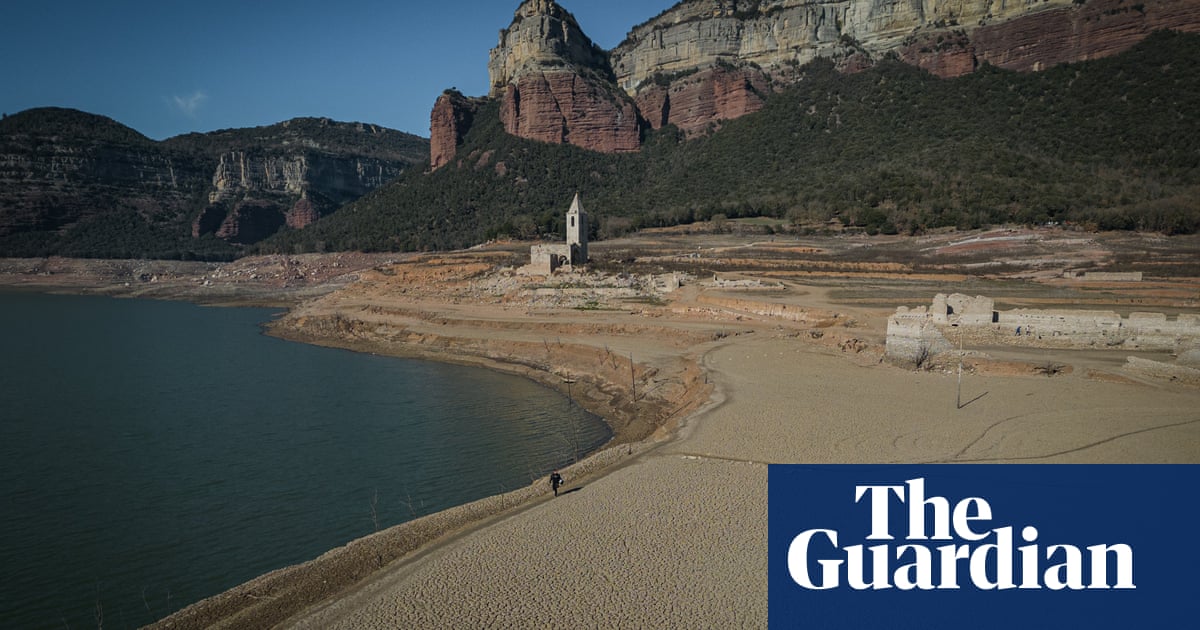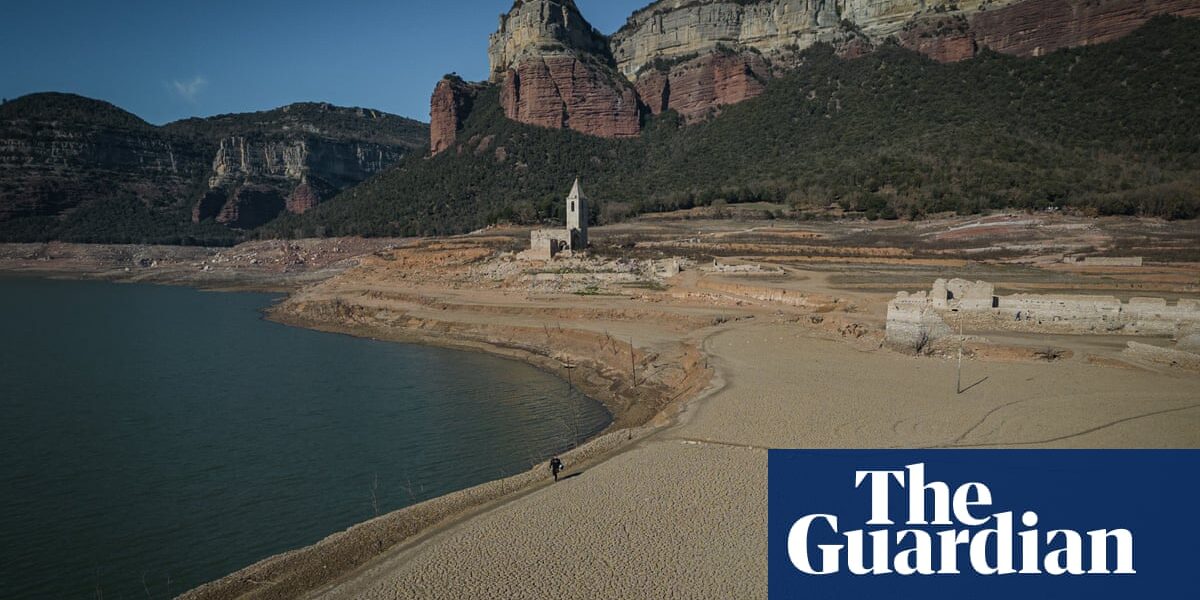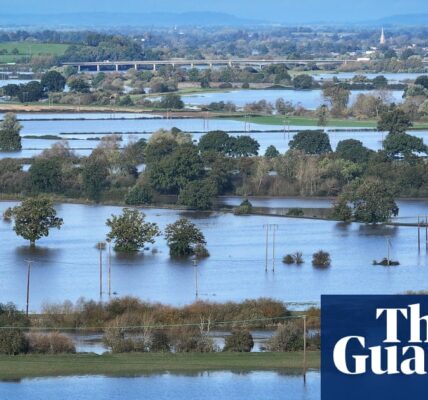Catalonia has declared a state of drought emergency, which includes the extension of restrictions to Barcelona.

Following a period of over 1,000 days without rain, the Catalan government has officially declared a state of emergency and expanded water limitations to include Barcelona and the surrounding area.
On Thursday, Pere Aragonès, the president of Catalonia, announced the actions being taken in response to the severe drought. He noted that certain regions have not received any rainfall in the past three years, leading to what he called the most severe drought in recent history.
Around 500 millimeters of precipitation is necessary in Catalonia to compensate for the shortage. The amount of water held in reserve has dropped below 16%, reaching a critical level that requires an emergency announcement.
The measures that are currently enforced in the northern part of the region, such as a 20% decrease in agricultural irrigation and a prohibition on watering public parks, will also be applied to Barcelona.
Both public and private swimming pools will be shut down, except for those located in sports facilities. However, a few pools are making adjustments to utilize saltwater. In order to preserve the 35,000 trees in the city, parks will no longer be irrigated and instead, groundwater will be utilized.
During the next 15 months, there will be restrictions in place that prohibit the use of showers and ornamental fountains at the beach. Additionally, water parks and ice rinks will be closed and car washing will only be allowed for commercial purposes.
The decision to not lower water pressure has been postponed, in part due to the fact that residents of Barcelona are adhering to the limit of 200 liters per day and also because most people live in multi-story buildings where a decrease in pressure would negatively impact those on higher floors.
Barcelona’s current state would be significantly more dire if it were not for the presence of Europe’s largest desalination facility. This plant was constructed after the previous severe drought in 2008 and now provides 33% of the city’s drinking water. An additional 25% is sourced from treated wastewater.
Producing one liter of desalinated water through reverse osmosis is three times more expensive than obtaining water from rivers and reservoirs.
Additionally, it utilizes a significant amount of energy, a portion of which is still derived from non-renewable sources. This further compounds the underlying issue by contributing to global emissions.
As the Barcelona restrictions extend into summer, they are likely to fuel simmering resentment towards tourists, who are perceived as overwhelming public services, such as some bus routes, to the exclusion of local people.
According to a study conducted by the hotel industry group, tourists use significantly more water than local residents. In 2016, an average guest staying at a five-star hotel consumed 545 liters of water per day, while residents only used 163 liters. However, the association now reports that tourist water consumption has decreased to 242 liters.
The drought has affected more than just the north-east region of Spain. In Andalucía, located in the southern part of the country, two consecutive hot and dry summers have had a devastating impact on the olive harvest, resulting in a 50% decrease in production and a doubling of olive oil prices. The grape harvest has also been negatively affected in many areas of the country, with even vineyards struggling to survive.
The leaders of the tourism industry claim that although it may be tempting to blame golf courses and swimming pools, agriculture accounts for 80% of water usage in Spain.
Prior to the onset of the climate crisis, Spain was already using more water than it could sustainably support by building dams and redirecting its limited major rivers to water the agricultural lands in the arid southern regions of Almería and Murcia.
Even though agriculture only makes up 2.3% of the country’s GDP and employs only 4% of the workforce, it holds significant influence in politics. This was evident when the government attempted to limit water usage on the large strawberry farms in the south-west region.
Climatologists generally concur that Spain has experienced periods of drought historically, but these droughts are becoming more prolonged as rainfall decreases and temperatures increase.
Source: theguardian.com



